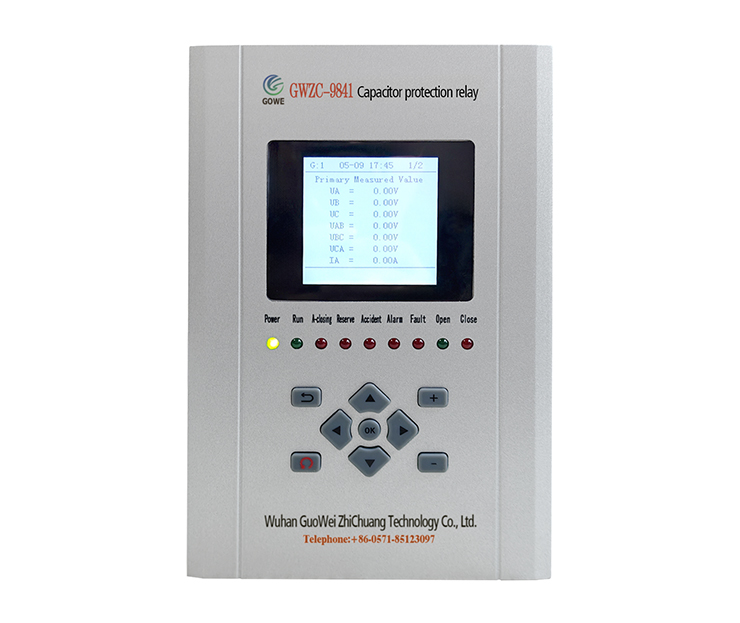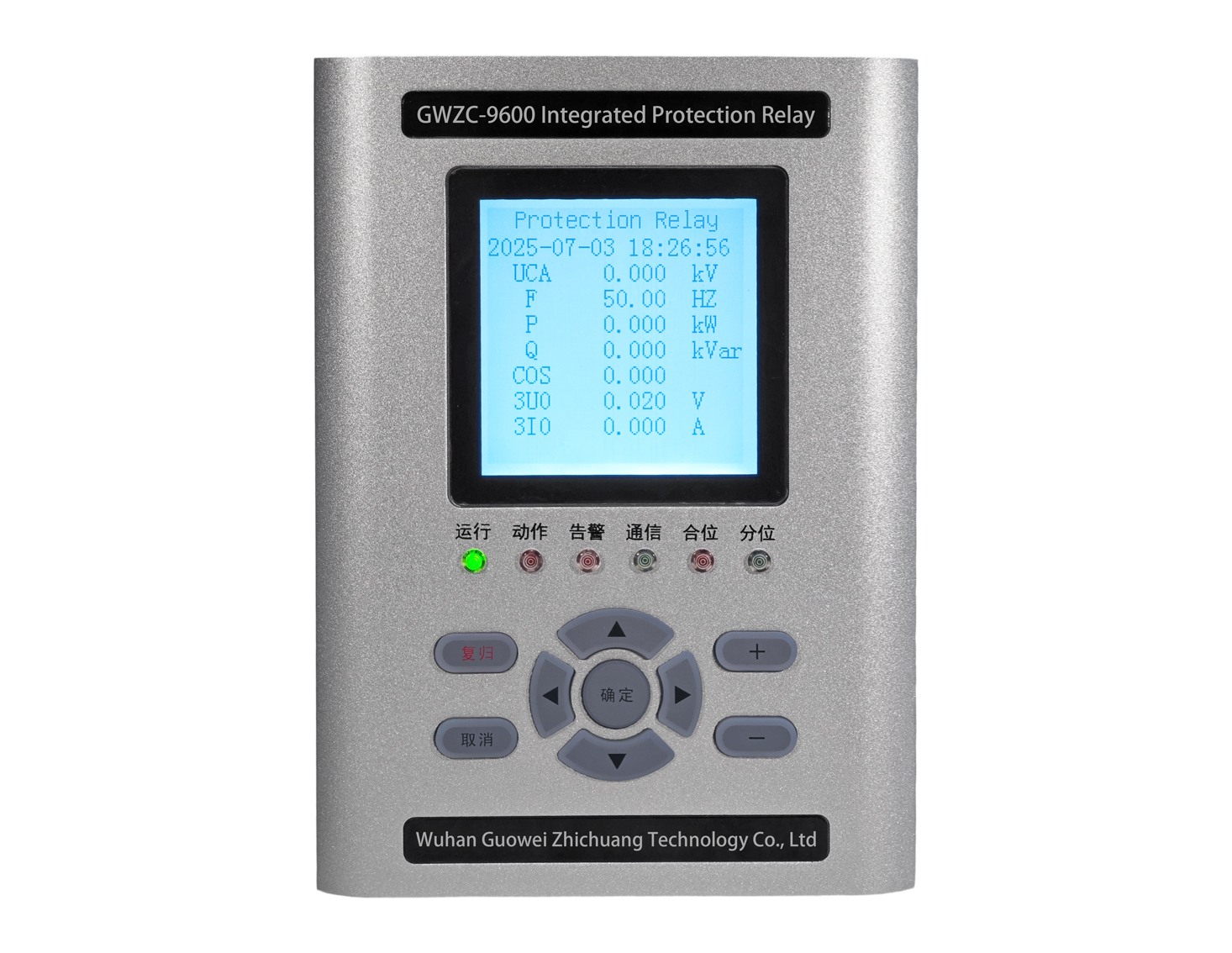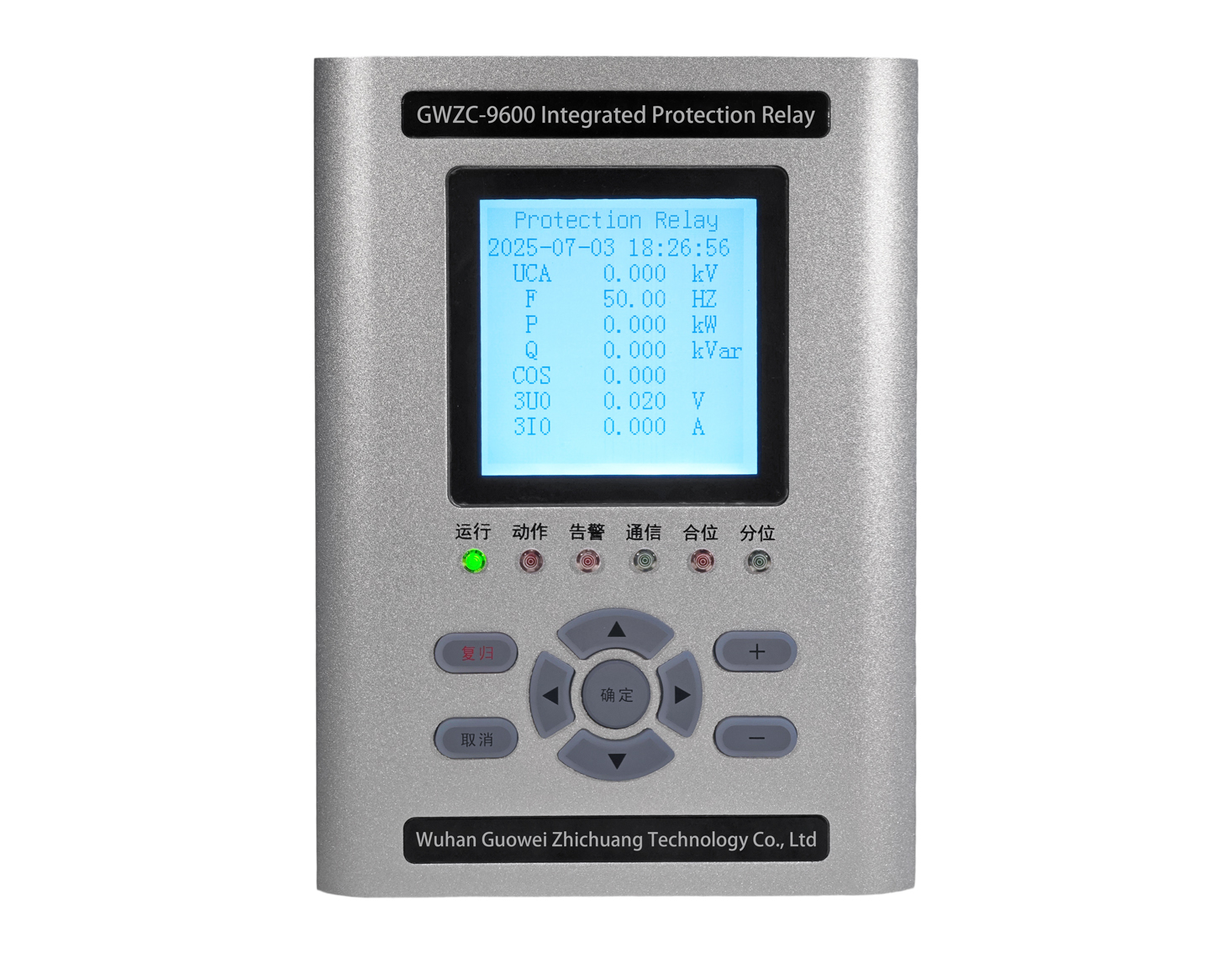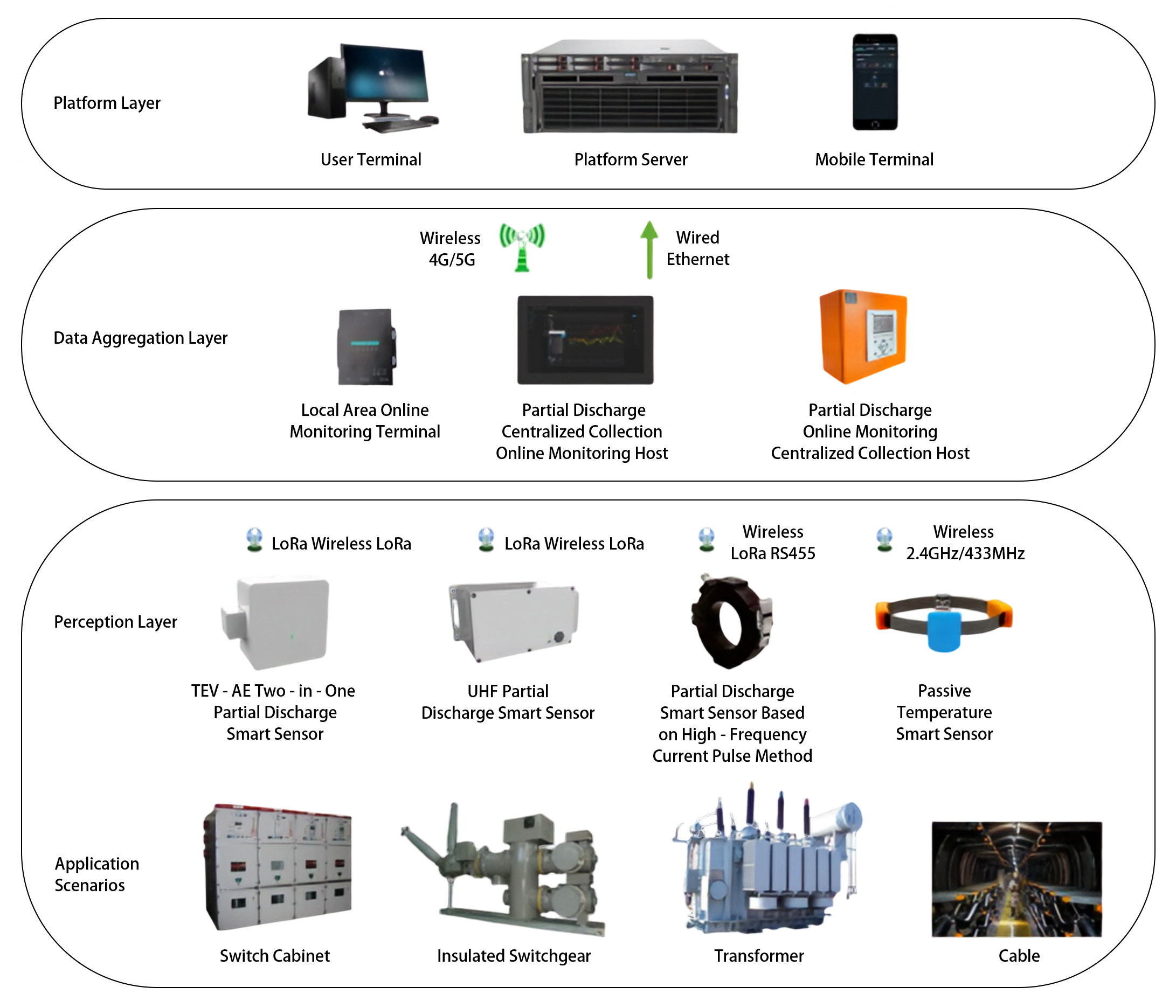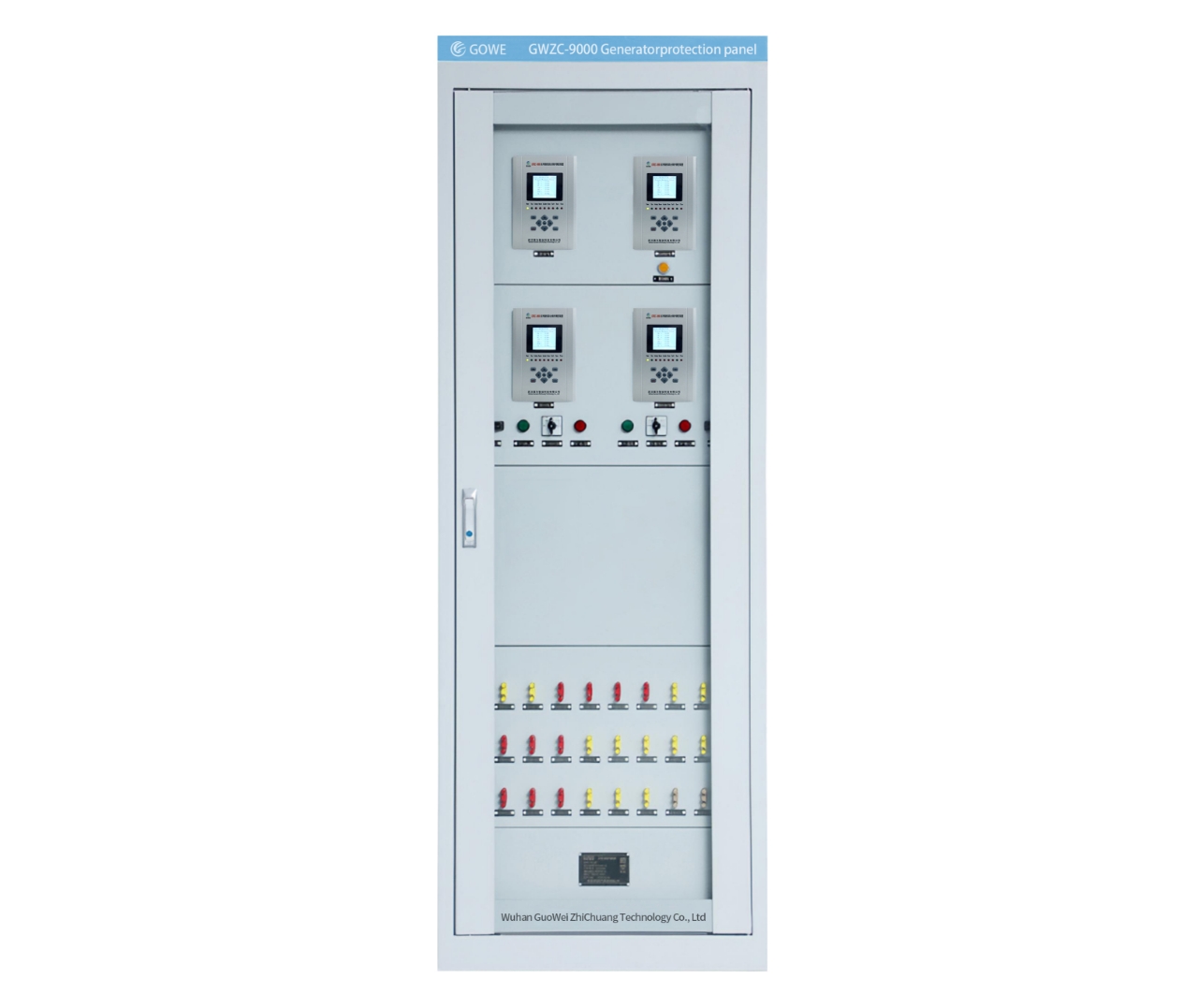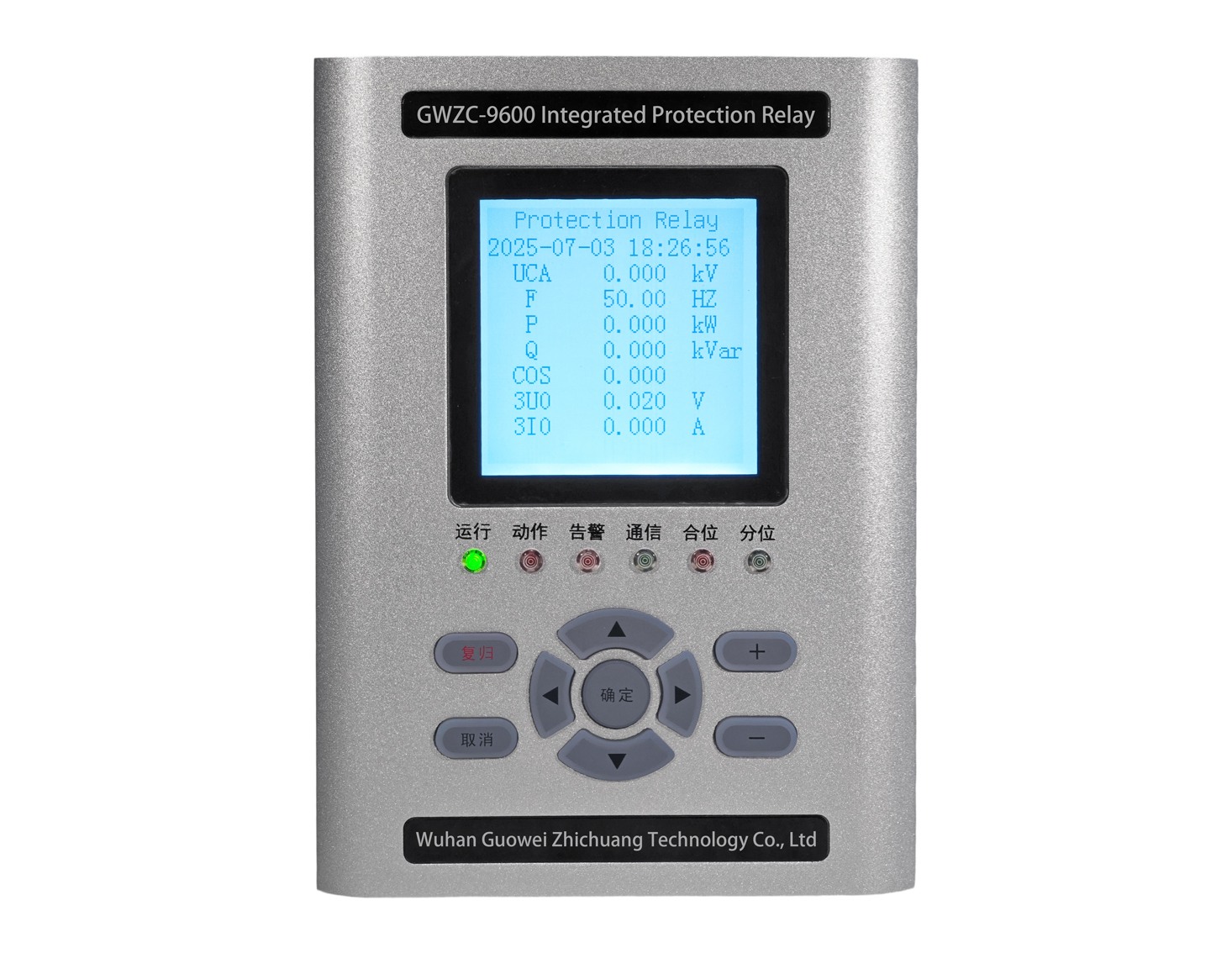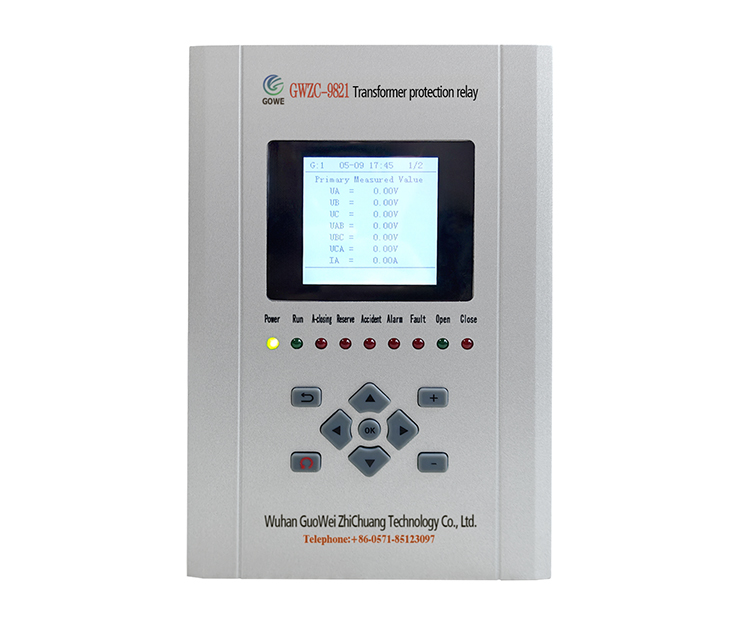
1. Introduction to Pilot Protection Systems
Pilot directional comparison protection represents a communicationbased protection scheme that compares fault direction information from both ends of protected lines for accurate fault location identification.
2. Communication Channel Requirements
Modern distribution networks utilize fiber optic (preferred), power line carrier, or wireless channels meeting IEC 61850 standards with ≤20ms transmission delay. Redundant channel configurations enhance reliability.
3. Protection Criterion Design Principles
The directional element employs sequence component analysis (90° connection method) with the operating characteristic : θ = arg(Ú/Í). Faults are identified when 90°<θ<90° at one terminal with opposite direction at the other end.
4. Smart Grid Applications
This protection scheme proves particularly effective for:
5. Implementation Guidelines
Key deployment considerations include:
6. Safety & Maintenance Protocols
Critical safety measures involve:
7. Future Development Trends
Integration with Feeder Automation systems is evolving toward Intelligent Distributed FA solutions capable of sub200ms fault isolation in advanced distribution networks.
